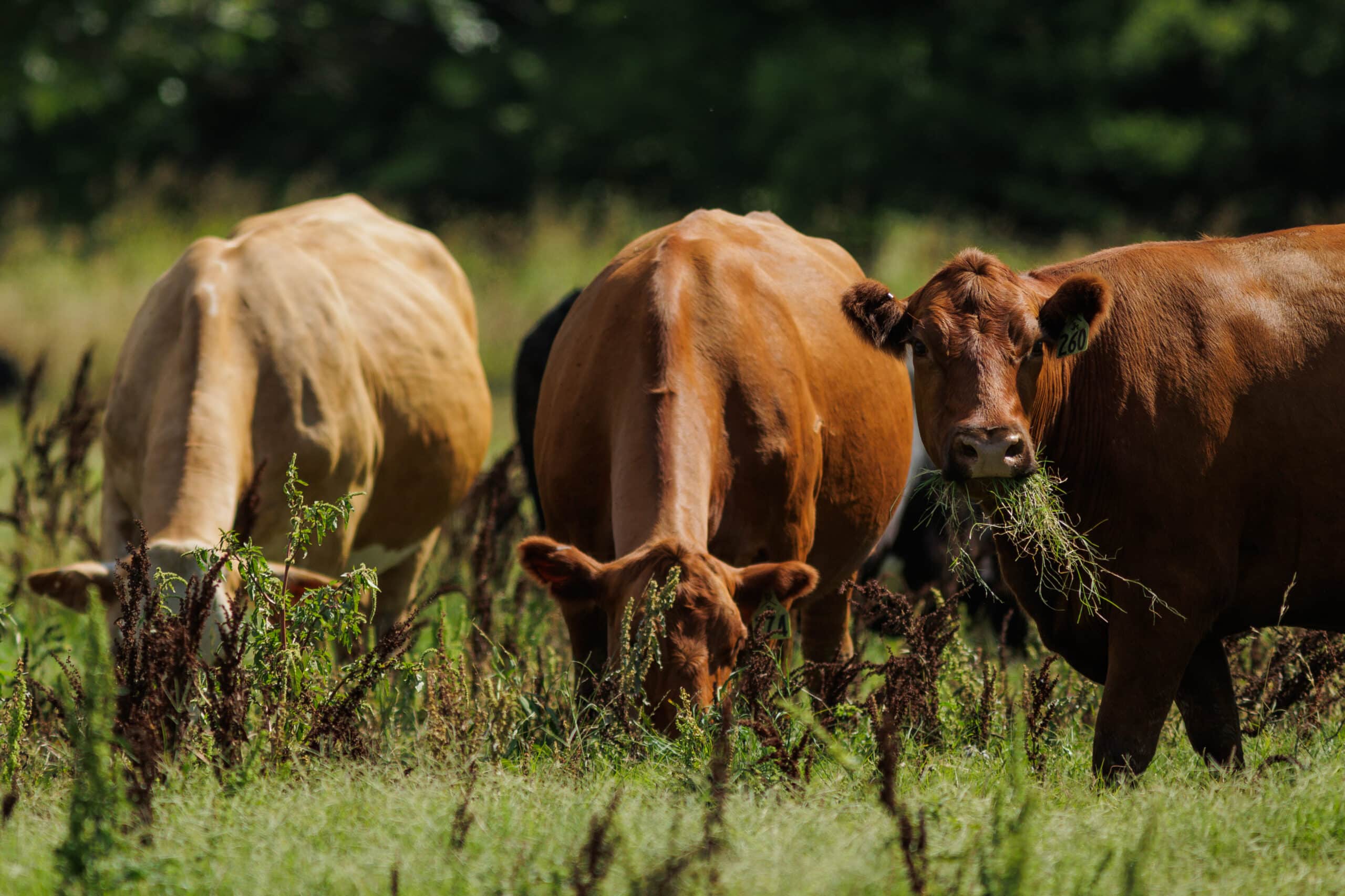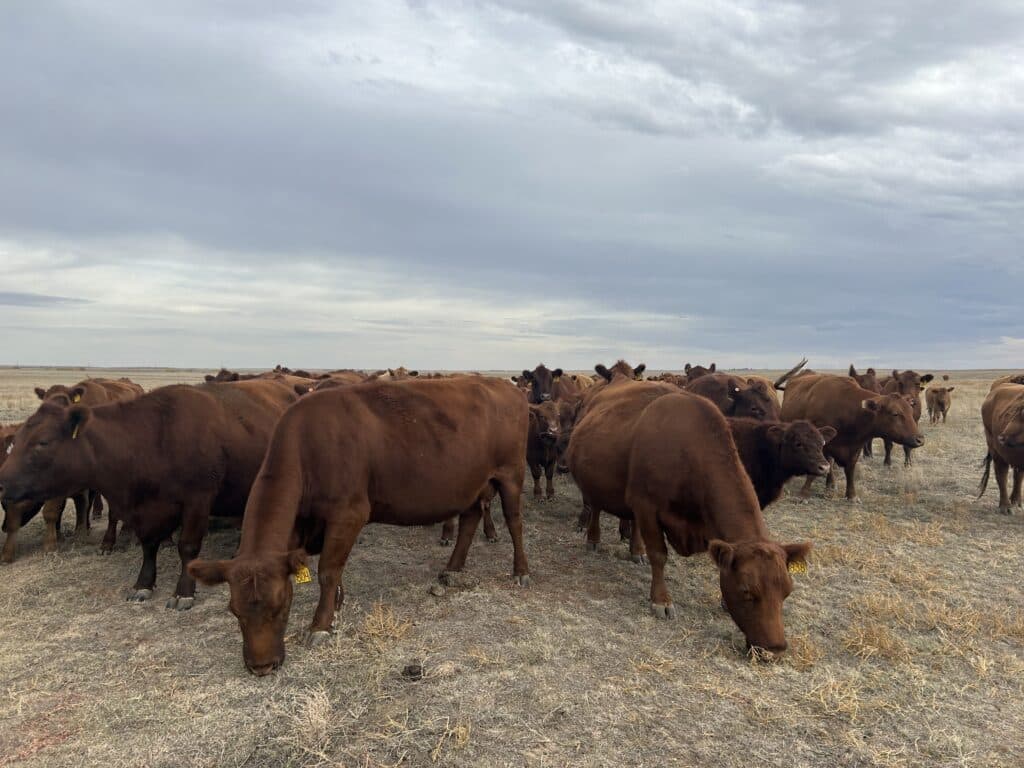Top four carbon calculators for UK farmers

What are carbon calculators, and what can they be used for?
Agriculture can produce and emit a serious amount of greenhouse gases each year. Subsequently, farming receives a bad press sometimes. But farming also has the ability to reduce greenhouse gas emissions and, in the case of carbon, and draw down vast quantities away in things like soil, hedgerows, grasslands and forestry.
Releasing carbon into the atmosphere can have a negative impact on the environment, but it can also signify the farm’s loss in efficiency. By calculating how much carbon is produced on your farm, you can find ways to reduce greenhouse gas emissions for not only carbon dioxide but also for methane and nitrous oxide.
A carbon calculator basically calculates your carbon footprint, which can help you understand how efficiently you’re running. You should also note that while calculators are a great option if you want to start setting a baseline for your practices, you’ll very likely to learn no matter what type of operation you run that methane is your largest source of emissions. If you simply want to tackle methane emissions without setting a baseline, you can do so without spending $100 on a carbon calculator!
It can help you to keep track of carbon sources and carbon sinks on your farm. Carbon calculators take into account emissions from sources such as fuels, materials, inputs, crops, livestock and waste. Some calculators can even help tabulate a carbon balance by subtracting carbon that is drawn down or sequestered in trees, hedgerows, and soil as well as any forms of renewable energy or recycled waste products used.
By recording everything involved in carbon production and capture on your farm, you can identify where carbon hotspots are and what action could help in improving farm performance and environmental impact.
Why is now a good time to be using a carbon calculator?
With the UK aiming to reach net zero before 2050, now is the perfect time for farmers to try to mitigate their greenhouse gas emissions. Carbon calculators can help them to achieve this by highlighting areas on the farm that produce the most emissions. Using a calculator also identifies practices that are best for balancing out these emissions, for example by drawing down carbon.
Carbon calculators are relatively new on the market. There are several options in the UK, four of which are discussed below.
Not all calculators are the same
Each of the calculators make measurements in a slightly different way. Some include crops and livestock, others do not. However, choosing one tool and then creating a baseline and using it in subsequent years will still help the environment and your farm productivity.
The Cool Farm Tool
This calculator is relatively easy to use as it requires little data input. It’s ease of use means that it takes just one hour to fill in all the data required.
Multiple parties, such as buyers of the farm’s produce, can use and view the same assessment without having to fill in a separate form. It is best suited to arable, beef and dairy farms.
A great advantage of this calculator is that the output given can be for a single commodity such as a crop rather than for the farm as a whole. This is important for supply chains. Although not having the ability to calculate a whole farm assessment is a disadvantage of this calculator.
Other disadvantages include the fact that improvements in livestock management or performance are not considered. And, with the exception of cattle, The Cool Farm Tool uses simplistic livestock outputs, often using default values.
This calculator is free to use for up to 5 products or assessments.
Learn more here.
Farm Carbon Calculator
This calculator is also easy to use and produces live results. It can be used for a range of farm types. Data output is plentiful as unlimited carbon reports can be generated.
It integrates its inputs with other farming programs and Excel to make data entry simpler. It takes about two hours to input a farm’s data for the first assessment.
The output achieved is generally on a whole farm level. If a user requires outputs for individual products, then they have to input data for that product separately. A disadvantage of this calculator is that data cannot be compared to averages across other farms.
Farm Carbon Calculator is free to use, and farmers can opt for paid consultation to help them develop a carbon action plan.
Learn more here.
Agrecalc
This calculator gives a carbon footprint for the entire farm, as well as breaking it down for each individual product.
Inputting the data for the first time usually takes farmers about two and a half hours.
Agrecalc is a more thorough calculator than others. It includes other metrics such as livestock performance and feed emissions. Including these in the calculations arguably give a more meaningful result.
This calculator is free to use and will provide one report a year and general industry benchmarks. However, users can pay £85 or £105 per year for multiple reports and more detailed benchmarking.
A unique feature of Agrecalc’s calculator is the ability to simulate scenarios to understand what impact any changes to the farm may have on its emissions performance.
Agrecalc does not take into account soil carbon sequestration. Certain aspects of the farm are not accounted for in the carbon calculations such as the type and age of trees or the way in which crops are managed.
Learn more here.
Trinity AgTech’s Sandy
This calculator produces a lot of detailed information about the farm. Sandy also provides theoretical output information if certain changes are made to the farm such as switching planting methods or fertiliser usage.
Its programme can link to other farming programmes such as Muddy Boots, Gatekeeper and even the Rural Payments Agency in England to import the farm’s digital maps. Data from these other digital sources gives a fully comprehensive report.
Sandy allows you to create up to six management plan, depending on what the farmer wants to achieve.
This calculator is not free and for farms under 1000 hectares costs £588 per year and for larger farms, £1,500 per year.
Learn more here.
Should you use a carbon calculator?
We have summarised just a few of the calculators available to give an idea of how they can help with farm management. While carbon calculators are extremely useful and go a long way to improving a farm’s carbon footprint and environmental impact, they shouldn’t be the only source for on-farm decision making. There are other environmental aspects that need to be considered to improve farming that are not covered by these tools.
Farmers are the key to helping resolve the environmental crisis and carbon calculations are just one place to start.
if you’re reading this post, you’re probably curious if AgriWebb has its own carbon calculator features to offer! While we don’t currently offer a carbon calculator feature, we’re working on unlocking streamlined integrations between AgriWebb and credible GHG calculators available in every region where we have customers. This of course includes the UK! Until then, however, you can still start using AgriWebb to start tracking the data points you’ll need for your carbon calculator should you choose to use one in the future.
So what are you waiting for? Contact us today or start a free trial to see how AgriWebb can help you meet your sustainability goals!
References
- https://ahdb.org.uk/farm-excellence/Coton-Wood-Farm/calculating-and-reducing-your-carbon-footprint
- https://www.fwi.co.uk/business/business-management/agricultural-transition/4-popular-carbon-calculators-for-farms-compared
- https://www.fwi.co.uk/news/environment/how-do-three-main-farm-carbon-calculators-compare
- https://www.nfuonline.com/archive?treeid=140961
- https://www.nfuonline.com/updates-and-information/nfu-carbon-calculator-review/
- https://coolfarmtool.org/
- https://calculator.farmcarbontoolkit.org.uk/
- https://www.agrecalc.com/
- https://www.trinityagtech.com/


